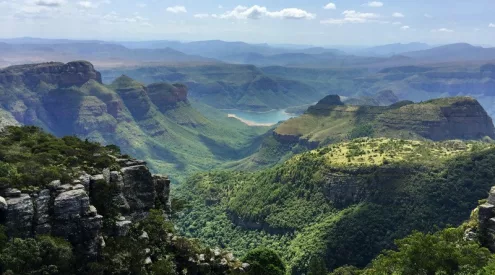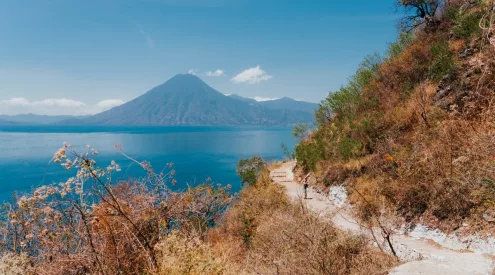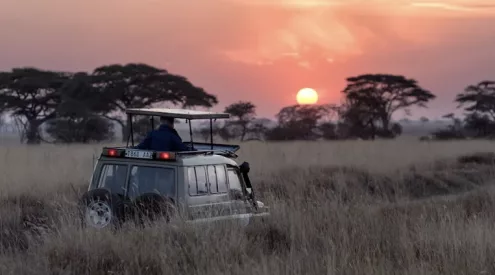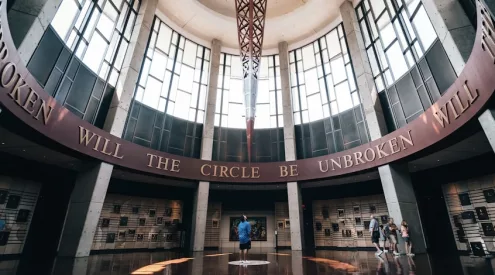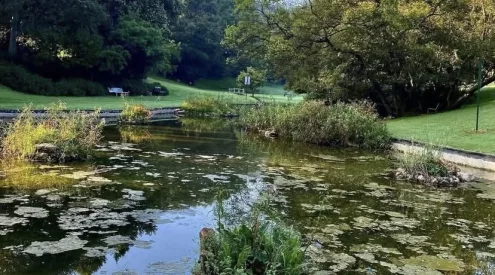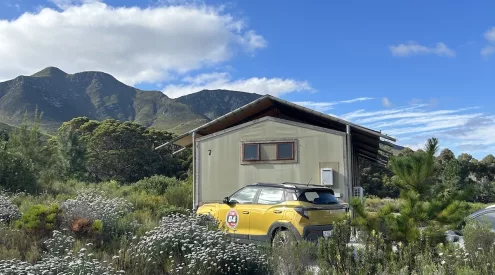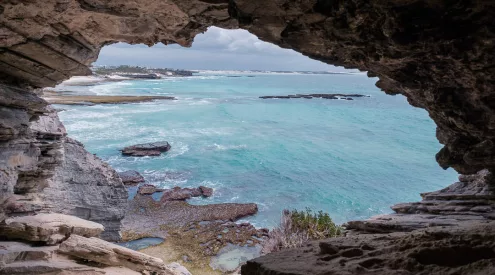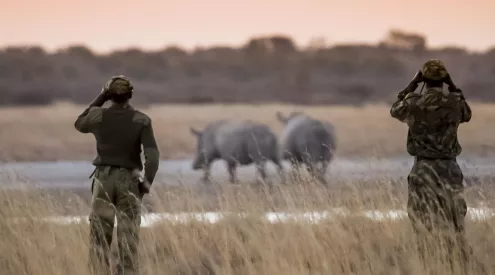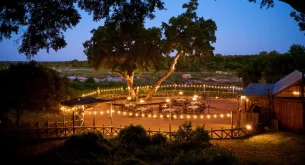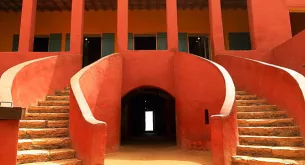The United Nations Educational, Scientific and Cultural Organization (UNESCO) seeks to protect and preserve cultural and natural heritage areas around the world that are ‘considered to be of outstanding value to humanity.’

Selous Game Reserve in Tanzania
The organisation has identified and listed 1,154 sites across the world and aim to advocate for their conservation according to an international treaty called the Convention Concerning the Protection of the World Cultural and Natural Heritage, adopted by UNESCO in 1972.
Of these, 52 are listed as ‘In Danger,’ and the organisation says this list ‘is designed to inform the international community of conditions which threaten the very characteristics for which a property was inscribed on the World Heritage List, and to encourage corrective action.’
Some of the possible causes for endangering a Heritage Site are armed conflict and war, earthquakes and other natural disasters, pollution, poaching, uncontrolled urbanisation and unchecked tourist development.
Africa is home to 98 World Heritage Sites, but the following are listed as ‘In Danger‘.
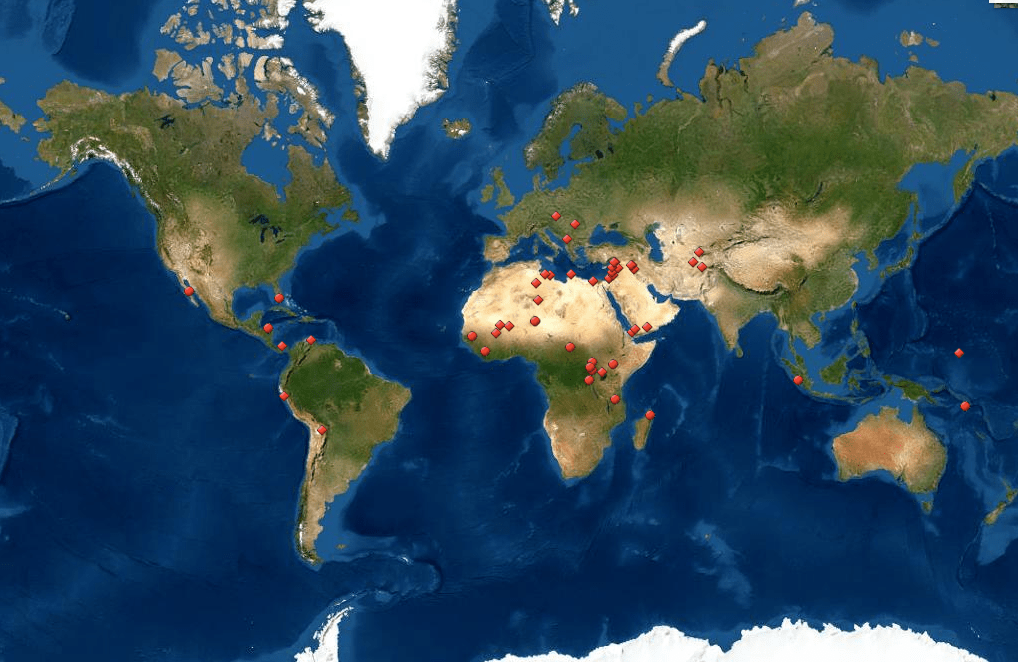
Graphic: UNESCO
Central African Republic
Côte d’Ivoire
Democratic Republic of the Congo
Egypt
Kenya
Libya
- Archaeological Site of Cyrene
- Archaeological Site of Leptis Magna
- Archaeological Site of Sabratha
- Old Town of Ghadamès
- Rock-Art Sites of Tadrart Acacus
Madagascar
Mali
Niger
Senegal
Uganda
United Republic of Tanzania
Members of the public may inform UNESCO of perceived threats to World Heritage Sites by phoning +33 1 45 68 11 04.
Picture: Richard Mortel
ALSO READ
Africa’s largest rainforest removed from ‘World Heritage in Danger’ list
UNESCO inscribes new natural and cultural sites to World Heritage List


